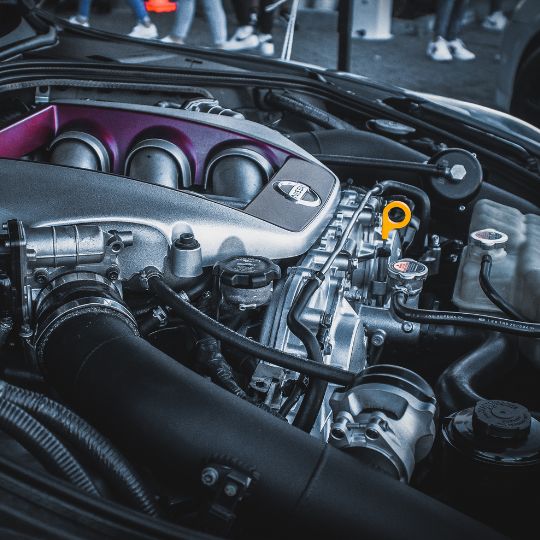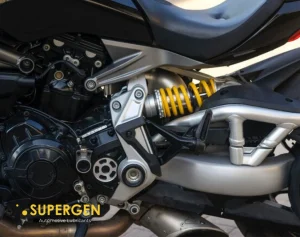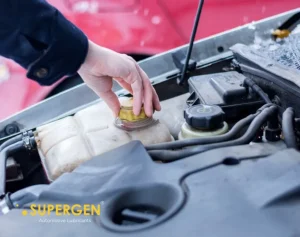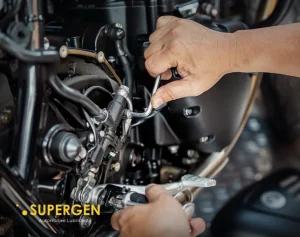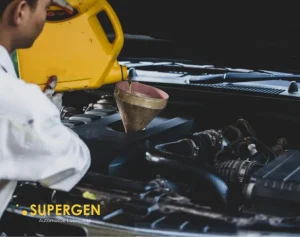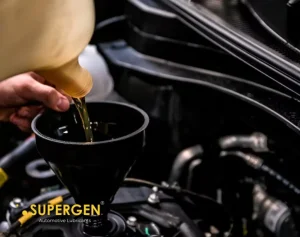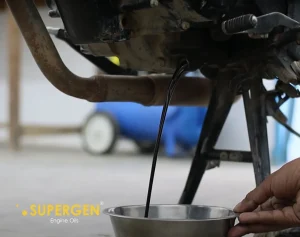It is well known that engine oil is essential to the engine, as it lubricates the moving parts, prevents wear and protects the engine from contaminants.
The lubrication system of the engine however, also has other components like the oil pump, the oil filter, lubrication lines and other engine hardware. Oil pressure is generated in the engine when the engine oil meets resistance in the lubrication lines and reaches all the components of the engine.
The oil is circulated in the engine through the use of the oil pump. There is a certain oil pressure level that must be maintained in the engine to ensure that oil reaches all the components of the engine and keeps everything well-lubricated.
When the oil pressure gauge shows that oil pressure levels are low, that means that something is not quite right in the lubrication system and that you need to fix the problem to ensure your engine keeps running properly.
Here are some of the main reasons for low oil pressure in the engine:
Insufficient Oil
Most people fill in the correct quantity of engine oil during an oil change, but still may find that the oil levels in the engine are low. This can happen due to a number of reasons. Older engines have worn piston rings or small leaks in their seals or oil plugs – all of which might lead to low levels of engine oil. Furthermore, excessive heat in the engine might cause the oil to evaporate. There could also be a leak in the engine, causing oil to drip out onto the ground. All these factors can cause there to be a reduced amount of engine oil in the car, thus causing low oil pressure.
Incorrect Viscosity
Every engine requires the engine oil to have a certain level of thickness, according to the design and model of the car. This is why engine oil comes in different grades that vary in viscosity levels. Now, when you use an oil that is too thick or too thin for your engine, it might lead to low pressure in the engine. Oil that is too thin will not generate much resistance, which translates to low pressure that is detected by the sensor. On the other hand, if your engine oil is too thick, it will put up too great a resistance and the engine will not be lubricated well, leading to low oil pressure being detected. Hence, deviating from the recommended oil grade can cause the oil pressure in the engine to drop.
Worn Engine
When a car is quite old, the engine wear can cause a lot of malfunctions to take place. One such malfunction is low engine oil pressure. Worn engine bearings, especially on high mileage cars, can reduce the flow restriction. This means that the engine oil flow is unregulated, causing the pressure of the oil to drop down. This low oil pressure will show up on the dipstick. If low oil pressure is caused by a worn engine, then it will most likely need to be replaced or rebuilt for the car to function well.
Defective Gauge
If the oil pressure indicator of your car shows the warning light, but there are no symptoms of low oil pressure, then chances are your oil pressure sensor is faulty. If you check the engine oil levels and they are high as needed according to the owner’s manual and if the car engine is not making any strange noises, then it would seem that the oil pressure in the engine is actually fine. In times like these, it is best to have the oil pressure gauge checked by a mechanic or even replaced, so that the correct oil pressure levels are indicated at all times.
Clogged filter
Oil filters are responsible for keeping the engine oil clean. They filter out any dirt or pollutants in the engine oil and therefore can get clogged over time. If the oil filter in the engine is clogged, it can block the flow of the oil. This means that there won’t be enough lubrication, which in turn would show low oil pressure. Furthermore, leaked water or soot contamination may also cause filters to become plugged, causing bypass valve to malfunction and the oil pressure to drop low. It is best to get the engine oil changed along with the oil filter and check for any contamination, just to be safe.
Worn pump
If the dipstick shows the oil level between ‘add’ and ‘full’, i.e. it shows that there is sufficient oil present in the engine, but the oil pressure levels are being indicated as low, then the problem might lie with the oil pump. If you hear strange noises coming from the engine, despite filling in enough engine oil, then it might indicate that the pump is too worn to be able to generate the necessary pressure in the engine. It might also point to internal leaks. It is best to consult a mechanic and get the oil pump fixed or replaced and also check for signs of leaks in the engine.
Conclusion
Oil pressure levels are important since they ensure that the engine is being properly lubricated and there is no issue with the components of the engine. However, low oil pressure can indicate some problems within the lubrication system and should be fixed as soon as possible. Low oil pressure may be caused by a number of components like low oil levels, faulty gauge, worn engine, worn pump, clogged filter or oil with incorrect thickness. If your car has low oil pressure, you should get it checked out and fixed, since if the problem persists, it can cause severe damage to the engine.

